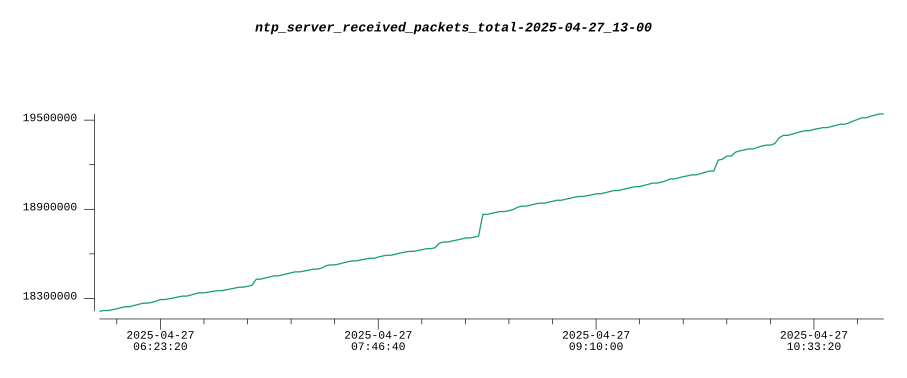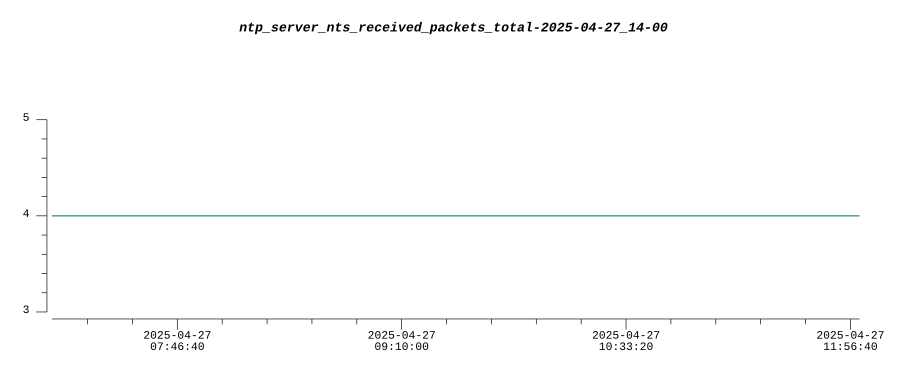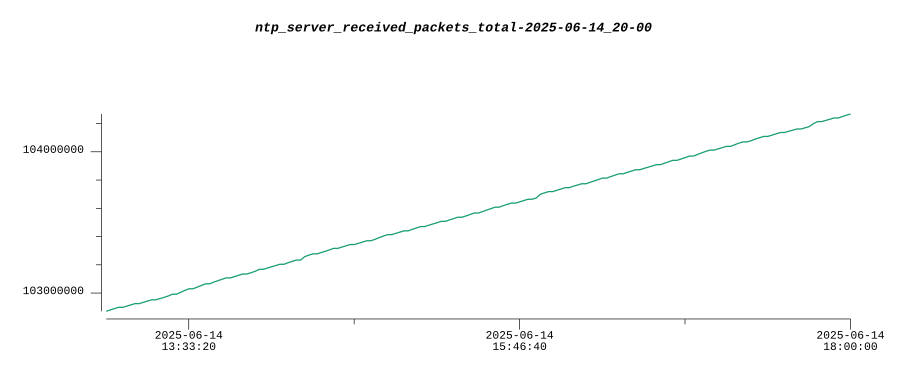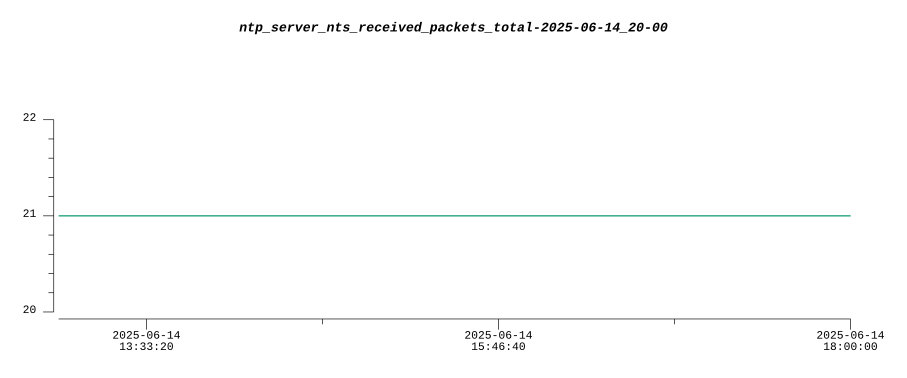Network Time Security (NTS) represents a revolutionary advancement in secure time synchronization, addressing the fundamental security vulnerabilities that have plagued traditional NTP for decades. This modern cryptographic framework transforms NTP from a vulnerable protocol into a secure, authenticated time distribution system suitable for high-stakes environments. NTS operates through a two-phase architecture that separates key establishment from ongoing time synchronization operations:
- NTS Key Establishment (NTS-KE): A secure TLS-based handshake that negotiates cryptographic parameters and establishes shared secrets
- Authenticated NTP Exchange: Cryptographically protected time synchronization using the established security context
This design maintains full backward compatibility with existing NTPv4 infrastructure while adding enterprise-grade security through standardized extension mechanisms.
Cryptographic Architecture
1. Secure Key Establishment Phase
The NTS-KE protocol establishes the cryptographic foundation for all subsequent time synchronization. This initial handshake occurs over a dedicated TLS connection (typically port 4460) and performs several critical security functions:
- Mutual Authentication: Server identity verification through X.509 certificates, with optional client authentication for enhanced security models
- Protocol Negotiation: Agreement on cryptographic algorithms, with preference for modern AEAD ciphers like AES-SIV-CMAC-256
- Parameter Exchange: Configuration of NTP server endpoints, supported algorithms, and operational parameters through structured negotiation
- Key Material Generation: Derivation of cryptographic keys using TLS exporters (RFC 5705), creating separate keys for each communication direction
The key establishment phase generates distinct cryptographic contexts:
- Client-to-Server (C2S) Keys: Protect client requests and ensure request authenticity
- Server-to-Client (S2C) Keys: Secure server responses and prevent response forgery
Following successful key establishment, the TLS connection terminates, leaving the client with all necessary security material for ongoing NTP operations.
2. Stateless Cookie Architecture
NTS employs an innovative cookie-based approach that enables massive scalability while maintaining security. The server issues encrypted cookies containing client-specific security context, allowing for completely stateless server operation:
- Security Context Encapsulation: Cookies contain encrypted key material, algorithm specifications, and client parameters
- Server Scalability: Eliminates per-client state storage requirements, enabling horizontal scaling to millions of clients
- Cookie Renewal: Automatic cookie refresh mechanisms prevent long-term key exposure and maintain forward secrecy
3. Protected Time Synchronization
Once the security context is established, NTP packets carry cryptographic protection through carefully designed extension fields that maintain protocol compatibility:
- Authenticated Encryption: AEAD algorithms provide simultaneous authentication and confidentiality for sensitive packet extensions
- Unique Nonce Protection: Each packet includes a cryptographically unique identifier preventing replay attacks and ensuring freshness
- Integrity Verification: Message Authentication Codes (MACs) detect any tampering with packet contents during transmission
- Selective Encryption: Core NTP headers remain unencrypted for network device compatibility while protecting sensitive extensions
Security Properties and Guarantees
NTS provides comprehensive protection against the entire spectrum of time-based attacks:
- Identity Assurance: PKI-based server authentication eliminates spoofing and man-in-the-middle attacks
- Data Integrity: Cryptographic verification ensures packets arrive unmodified and authentic
- Replay Prevention: Nonce-based protection prevents attackers from reusing captured packets
- Delay Attack Mitigation: Authenticated timestamps prevent manipulation of perceived network latency
- Forward Secrecy: Regular key rotation limits exposure from potential key compromise
- Denial of Service Resilience: Stateless architecture reduces vulnerability to resource exhaustion attacks
Deployment Models
NTS supports flexible deployment architectures to meet diverse operational requirements:
- Client-Server Mode: Primary deployment model with clients securely synchronizing to authenticated NTS servers
- Peer-to-Peer Synchronization: Mutual authentication between server peers through bidirectional NTS-KE establishment
- Hybrid Networks: Graceful fallback to traditional NTP when NTS is unavailable, with clear security indication
Performance Analysis and Optimization
While NTS introduces computational and network overhead, careful optimization maintains excellent performance characteristics:
- Initial Handshake Cost: One-time TLS establishment adds ~100ms latency but occurs infrequently
- Ongoing Overhead: Cryptographic operations add ~10-20% CPU usage on modern hardware
- Packet Size Increase: Extension fields add approximately 100-200 bytes per NTP packet
- Accuracy Preservation: Cryptographic operations have negligible impact on synchronization precision
Modern implementations optimize performance through hardware acceleration, efficient key caching, and streamlined cryptographic operations.
Implementation Ecosystem
NTS enjoys broad support across modern time synchronization implementations:
- chrony: Leading implementation with comprehensive NTS support and optimization for diverse network conditions
- NTPsec: Security-focused NTP distribution with robust NTS implementation and additional hardening
- ntpd-rs: Modern Rust implementation emphasizing memory safety and performance
- OpenNTPD: BSD-focused implementation with clean NTS integration
Public NTS infrastructure continues expanding, with major providers like Cloudflare, Netnod, and NTPsecure offering production-ready services.
Operational Considerations
Successful NTS deployment requires attention to several operational factors:
- Certificate Management: Robust PKI infrastructure with proper certificate lifecycle management and monitoring
- Performance Monitoring: Tracking both synchronization accuracy and cryptographic operation efficiency
- Fallback Strategies: Graceful degradation to standard NTP when NTS services are unavailable
- Network Compatibility: Ensuring firewall and network equipment properly handle NTS traffic
Critical Applications
NTS enables secure time synchronization in environments where timing attacks pose serious risks:
- Financial Trading: Protecting high-frequency trading systems from timing manipulation attacks
- Regulatory Compliance: Meeting stringent timing audit requirements in financial services (MiFID II, Dodd-Frank)
- Critical Infrastructure: Securing power grid synchronization and industrial control systems
- Telecommunications: Protecting 5G network synchronization and ensuring service quality
- Distributed Systems: Enabling trusted event ordering in blockchain and database systems
Future Evolution
Network Time Security represents the foundation for next-generation secure timing protocols. By combining proven cryptographic techniques with practical operational requirements, NTS transforms time synchronization from a security liability into a trusted service foundation. Ongoing development focuses on post-quantum cryptographic readiness, enhanced scalability mechanisms, and integration with emerging network architectures.



